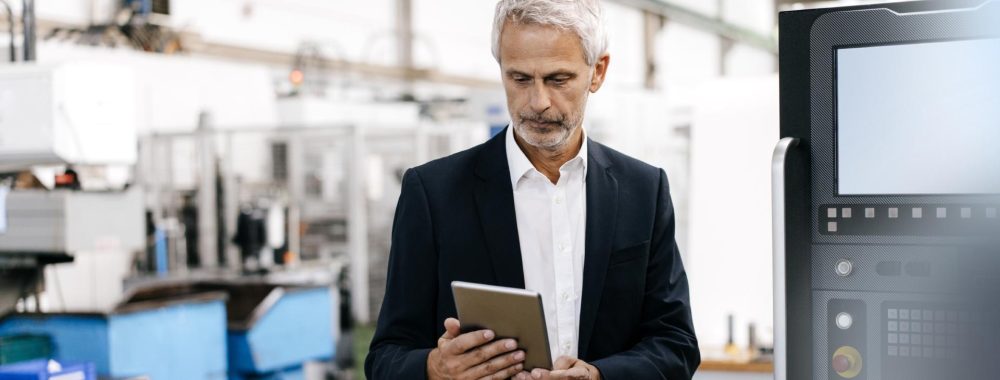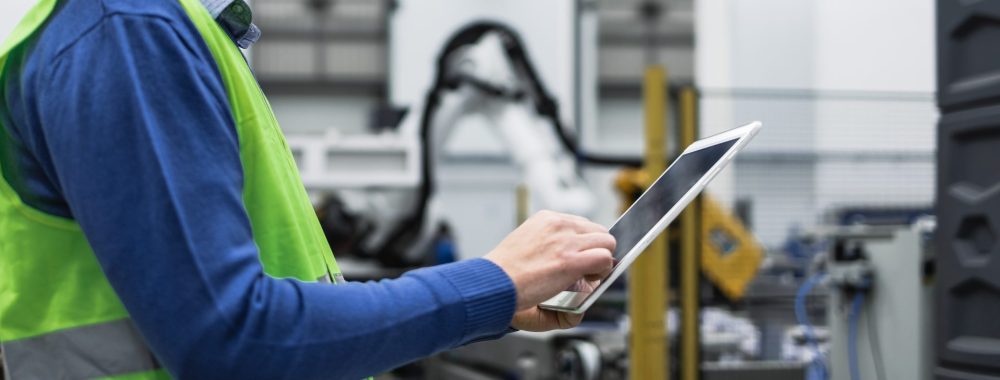The digitalisation of industrial businesses has become a priority. As a result, maintenance 4.0 is a fundamental task for the proper functioning of any company, but especially when working with industrial equipment and machinery. This function is essential to avoid all kinds of errors, reprocessing, incidents and repairs.
In this case, when talking about maintenance, Computerized Maintenance Management System (CMMS) is often mentioned. However, in other cases, Enterprise Asset Management (EAM) is also referred to.
What are the differences between these two concepts, and are they compatible? In this article we tell you the main features of each tool and how they differ.
What is a CMMS and its role in Industry 4.0
When we talk about a CMMS, we refer to computer-aided maintenance management. This tool is used to manage the maintenance services of a company.
In this case, the help of a CMMS in an industrial company is vital to avoid stoppages in the production activity, to apply preventive and predictive maintenance or to optimise processes in the production chain.
In addition, thanks to the application of IIoT solutions, the CMMS system can be connected to certain machinery to obtain effective reports on faults, asset status and a host of data that pave the way for more optimal and efficient production.
For example, a CMMS can manage the historical data of an asset. This refers to the different maintenance actions performed on that particular asset. This function is ideal for, for example, extracting failure patterns and modifying and adapting preventive maintenance plans.
How an EAM can help your industrial business
EAM means Enterprise Asset Management. An EAM is a software whose function is focused on maintenance management. An EAM has the power of monitoring all operational assets and equipment in a factory. In this case, the main objective of this software is optimisation, in the purest sense of the word.
An EAM is made to extend the life cycle of assets over time and, in turn, reduce production times and operating costs.
EAM systems take a holistic approach, considering end-to-end workflows. Moreover, they not only manage maintenance tasks, but also integrate inventory and stock-related tasks.
Differences Between EAM and CMMS
CMMS and EAM systems share very similar objectives: to help companies reduce costs by ensuring the smooth operation of physical assets. Both systems offer very similar functionalities: operations management, predictive maintenance, inventory management and asset tracking.
So what is the difference between an EAM and a CMMS?
Broadly speaking, a CMMS performs more vertical maintenance, while an EAM acts from a more holistic perspective.
In addition, on the other hand, EAMs are in charge of managing aspects more related to finance, contracts and human resources such as talent management, financial analysis, accounting or similar activities.
This is why one of the most characteristic differences between an EAM and a CMMS is the tailored approach that covers areas such as finance, human resources and the holistic view that it possesses.
However, it is important to highlight that as technological advances, the application of Artificial Intelligence and maintenance practices evolve, CMMS platforms are progressing so as not to be left behind, increasingly blurring the boundaries between the two softwares.
Achieve operational excellence with Nexus Integra
Connect your CMMS or EAM with an integrated operations platform and achieve a global, interconnected and automated operations environment.
Nexus Integra allows you to monitor and control any industrial plant remotely and in real time. In addition to optimising the maintenance of your assets, you can have a wider vision of your production plants, obtaining valuable information from the entire production chain and integrating data from the different departments in a transversal way.
Achieve high availability in your control systems with Nexus Integra, the platform that will allow you to achieve complete digital transformation.
Request a free consultancy with our specialised team.

